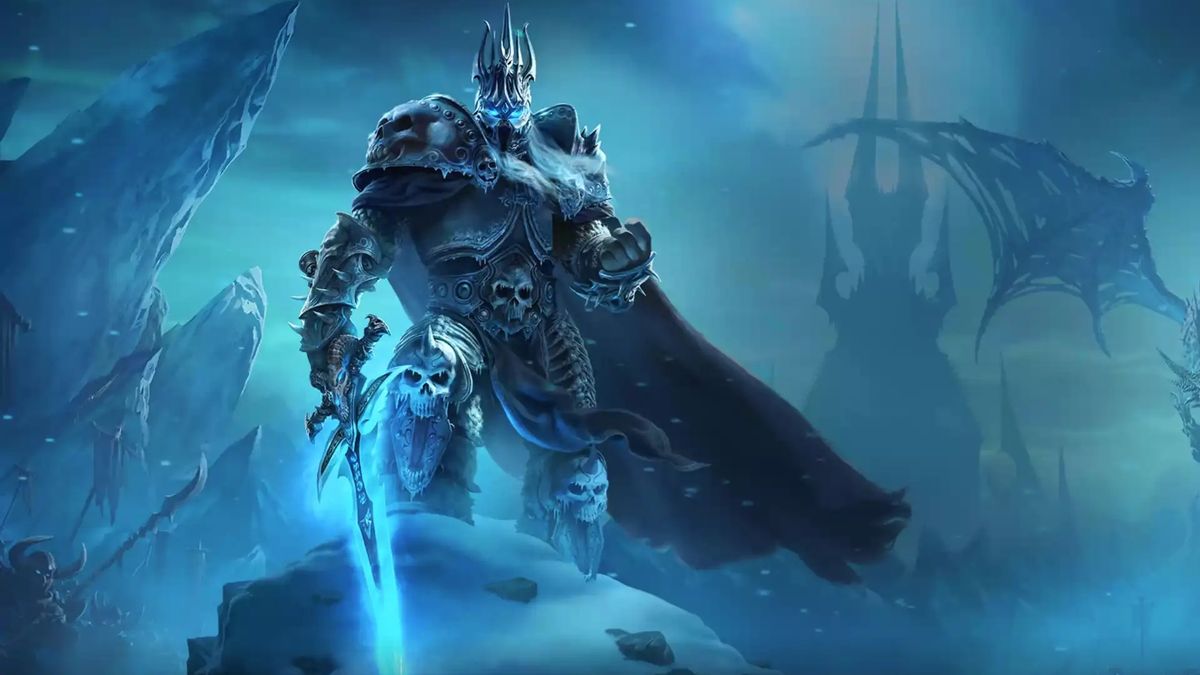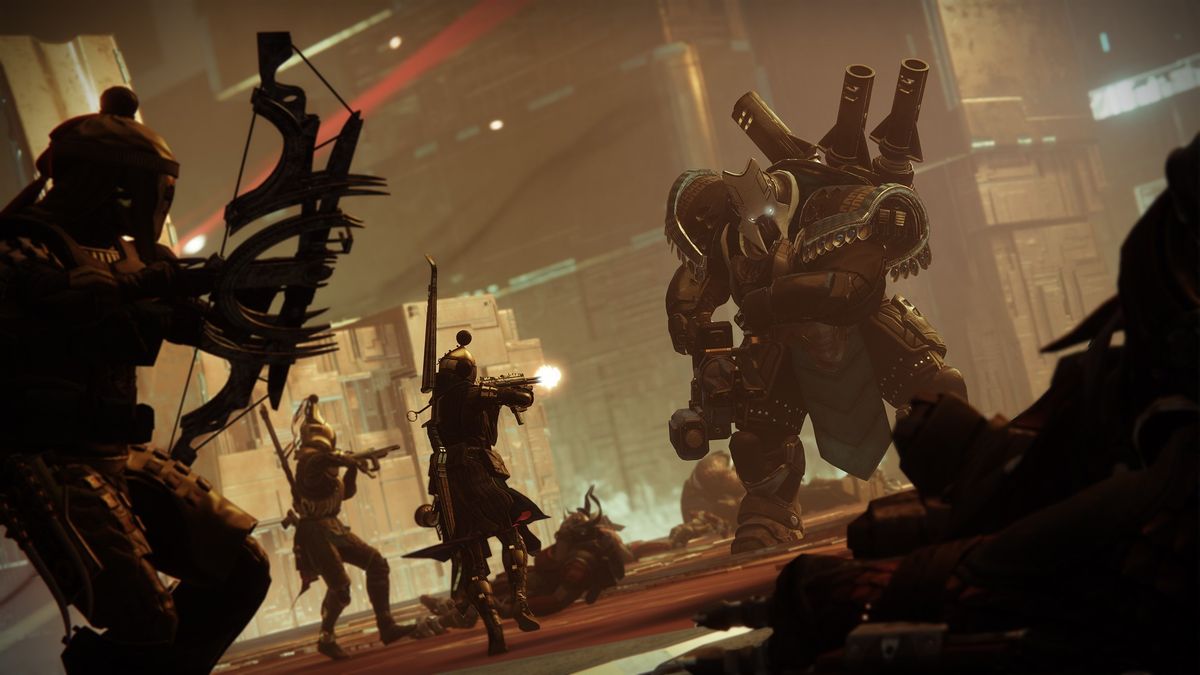Players have made good arguments for other expansions being more consequential for WoW’s development and history, particularly Burning Crusade. But Wrath of the Lich King has always been the most beloved WoW expansion, and that is all to do with its era, that little window between the end of 2008 and the release of Cataclysm in late 2010, when it felt like everyone you knew was playing WoW and MMOs couldn’t get better than this. For some, they never did.
It didn’t feel like it at the time, but Wrath of the Lich King was a grand final act for the World of Warcraft that Blizzard had set out to make. Many players will tell you that it was the last time WoW ‘felt’ like WoW should, particularly when it came to the social side, while others will point to the outstanding Death Knight class and arguably the best story questline WoW has ever had.
Wrath of the Lich King has now returned as part of WoW Classic, a game that is an ongoing and fascinating exercise in trying to recapture different eras. WotLK is a vessel of mixed memories, different things to different players, and the way that WoW Classic has timed its expansions evokes a bizarre nostalgia for the time once spent waiting.
We all know what WotLK is now but, if you’re interested in WoW, chances are you remember the white-hot anticipation for this in the buildup to release, helped immeasurably by the decision to seed a bunch of the expansion’s improvements (and the Death Knight) into vanilla WoW in the month before the full release. There were certain pieces of key art you’d see again and again, and you began to notice the office Azeroth junkies—the ones who said they were clean—start to shiver in anticipation of the sweet release they absolutely definitely wouldn’t be indulging in.
Wrath of the Lich King was a definitive end to one journey, an adventure many players had been on since Warcraft 3. That game and its expansion, The Frozen Throne, had the player controlling Arthas on his arc from hero of the light to eventually becoming the undead Lich King, and that’s where it ended. No later WoW expansion would have such a core character to this world at the heart, nor feature them so prominently.
The expansion positions this character not only as the main antagonist, but squarely at the centre of the big story beats. Arthas doesn’t just turn up at the end of WotLK as a big old boss, though of course he does that too, but is a constant presence on your character’s quest.
Living history
When players talk about this story being one of if not the most memorable Warcraft arcs, it’s not just Arthas but the fact that players have lived part of his story and are now the key figures in bringing him down—this had impact, it felt like players were actually saving Azeroth for once, and it felt like you were right at the heart of it rather than some all-powerful NPC. Later expansions, for me, felt like players were relegated to supporting roles as Warcraft grandees play out predetermined roles, but here the stakes were high and it was all on your little band to deliver.
Northrend too was a joy to revisit, with Blizzard at the top of its game in how it reimagined the setting while keeping familiar elements, managing to deliver something that felt both fresh and undeniably nostalgic. A particular masterstroke was how Northrend in WoW is shaped by the events in Warcraft 3, and a constant stream of in-game Easter eggs about what had gone before. It’s funny to think about revisiting an expansion that gained no small part of its impact from being a revisit in the first place.
Exploring Northrend with a crew was a joy, from awe-inspiring sights like Coldarra and Zul-Drak to complete curveballs like finding a tropical jungle (Sholazar Basin) in the middle of the arctic. The PvE side of WotLK was built for tootling around and questing in long, lazy sessions, and the quality-of-life changes it brought to the game were all about making this process easier with things like a quest tracker. This process would ultimately result in the Dungeon Finder Tool arriving partway through WotLK’s lifecycle, an infamous moment in WoW and one of the big questions for Classic—which currently has no plans to implement it.
The Dungeon Finder Tool is loved and loathed in equal measure. This is because, when people reminisce about the WotLK experience, it’s not so much that the expansion was the best thing since sliced bread (though it was) so much as that WoW overall felt like it had hit a sweet spot of abundant content, exciting new mechanics (like being able finally dual spec characters), and communality.
Image 1 of 5
That last point is where the disagreement over the Dungeon Finder Tool stems from. There was a time in WoW where, if your group was short one night and you needed some extra tanking, you would go to the local tavern or somewhere in the town and start chatting to other players. This in itself was quite a fun diversion as your little gang dispersed and started to bug people, and it was always great when you’re the one who manages to get a few heavy boys on board. The Dungeon Finder Tool is incredibly useful—it automatically searches for and groups you up with appropriate random players—and more-or-less killed interactions like this.
I don’t have strong feelings about it, mainly because when I play WoW it tends to be with the same small group, and I appreciate the utility of the Dungeon Finder Tool. But there is that interesting question of what players get from convenience versus what they get from a bit of friction. Having to assemble a decent crew in WoW, and I’m not even talking about high-level Raids, was once a part of the default experience. Going into the pub to try and find some Tauren who fancies a punch-up was once a much bigger thing, and it’s easy to understand why some miss it.
Wrath of the Lich King’s early period was this mythical golden age, the one where recollections cast Azeroth in a warmer, friendlier hue. I’ve always been more of a PvE WoW player and, while PvPers will tell you WotLK was also great for that side of the game, it’s that succession of stone-cold classic areas, like the re-worked Naxxramas and the Icecrown Glacier with its looming Citadel, that still burn bright in memory.
Returning to WotLK will never be the same. Mistakes have been ironed-out with hindsight: Death Knights were notoriously OP for the longest time after launch, while the developers say the high-end Raids are somehow reworked. We know what to expect also, and you don’t ever get to re-live the excitement of first seeing a flying mount.
But then WotLK never existed in isolation either. It’s remembered so fondly because this felt like WoW at the game’s absolute peak, delivering more and better to an audience that greedily devoured it. World of Warcraft was the biggest MMO because it did most things better than the competition, and this was WoW with all guns blazing—executing an epic storyline with panache and polish.


